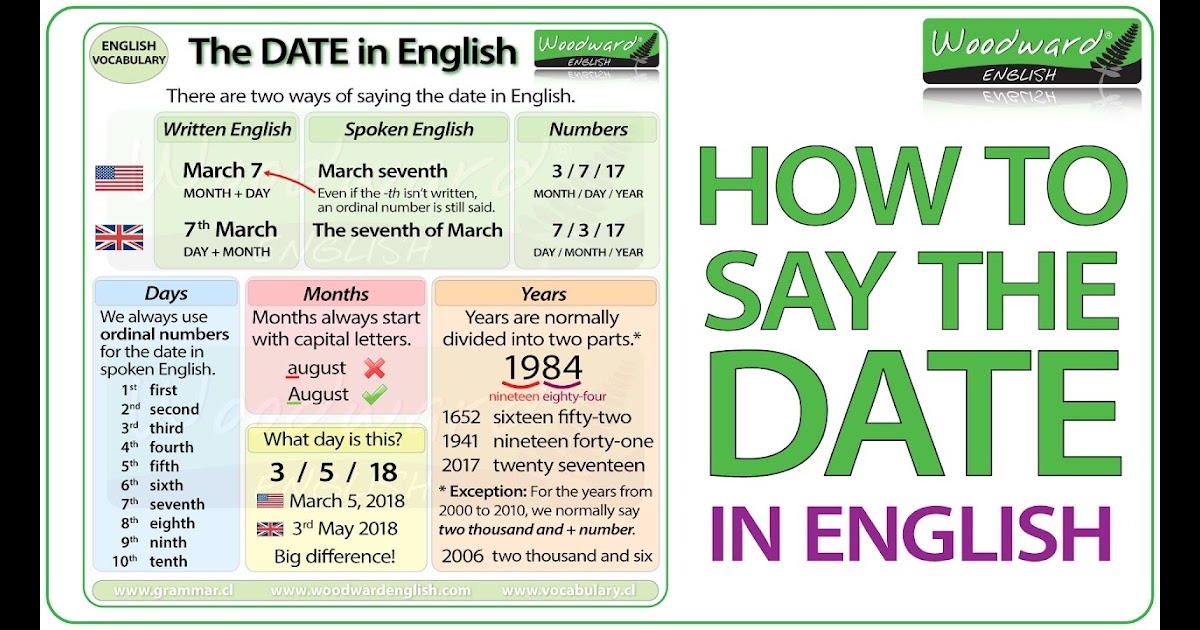Dates are an important aspect of written communication. They allow us to keep track of events, schedule appointments, and organize our lives. However, writing dates can sometimes be confusing, especially when different countries and cultures have different conventions for date formats. In this article, we will explore three common ways to write dates and discuss the appropriate occasions to use each format.
The Month-Day-Year format is widely used in the United States. In this format, the month is written first, followed by the day and then the year. For example, June 27, 2022 would be written as 06/27/2022. This format is often used in everyday situations, such as writing dates on personal documents or informal emails.
The Day-Month-Year format is common in many parts of the world, including Europe, Asia, and Australia. In this format, the day is written first, followed by the month and then the year. For example, June 27, 2022 would be written as 27/06/2022. This format is often used in formal settings, such as official documents, business correspondence, and academic papers.
The Year-Month-Day format is used primarily in Asian countries, including China, Japan, and South Korea. In this format, the year is written first, followed by the month and then the day. For example, June 27, 2022 would be written as 2022/06/27. This format is often used in digital systems and databases, as it is easily sortable and eliminates ambiguity.
Numeric Format
The numeric format is a common way to write dates, especially in North America. In this format, the month is written first, followed by the day and then the year. The month and day are separated by a slash or a hyphen. For example, if the date is January 15, 2022, in numeric format it would be written as 01/15/2022 or 01-15-2022.
One advantage of the numeric format is that it is concise and easy to understand. The date is written in a clear and logical order, which makes it easy to read and interpret. This format is also commonly used in computer systems and databases, as it is easy to sort and compare dates in this format.
However, one potential drawback of the numeric format is that it can be confusing in international contexts. In some countries, the day is written before the month, and the year may be written with four digits instead of two. This can lead to misinterpretation of dates if there is no clear indication of the format being used. Additionally, in numeric format, there is no obvious way to indicate the name of the month, which can be important for clarity.
Written Format
In the written format, dates are typically written in a specific order: day, month, and year. This format is commonly used in British English and some other countries around the world. For example, if the date is January 1, 2022, it would be written as “01 January 2022”.
When writing the day, it is common to include a leading zero for numbers 1 to 9. This helps to ensure consistency and avoid confusion. For example, January 5th would be written as “05 January” rather than just “5 January”.
In some cases, the written format may include a suffix after the day, indicating the ordinal number. For example, January 1st would be written as “01 January” or “1st January”. The suffixes are often abbreviated, such as “st” for first, “nd” for second, “rd” for third, and “th” for fourth and subsequent numbers.
When writing the month, the full name is typically used rather than an abbreviation. However, in informal contexts or when space is limited, abbreviations can be used. The most common abbreviations for months are Jan, Feb, Mar, Apr, May, Jun, Jul, Aug, Sep, Oct, Nov, and Dec.
The year is usually written in full with all four digits. However, in some informal contexts or when space is limited, it is acceptable to use a two-digit representation. For example, 2022 can be written as ’22 or ’22.
When using the written format, it is important to pay attention to the specific conventions of the country or region you are in. Different countries may have different preferences for date formats, so it is always best to adhere to the local conventions to avoid confusion or misunderstanding.
To summarize, the written format for dates is day, month, and year. The day may include a leading zero and a suffix indicating the ordinal number. The month is typically written in full, but abbreviations can be used. The year is usually written in full with four digits, but two-digit representations are also acceptable in some cases. It is important to follow the conventions of the country or region you are in when using the written format.



